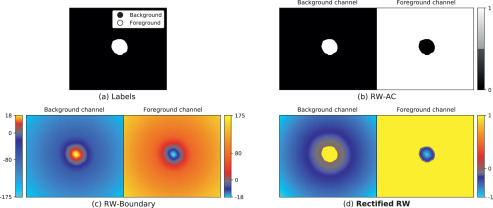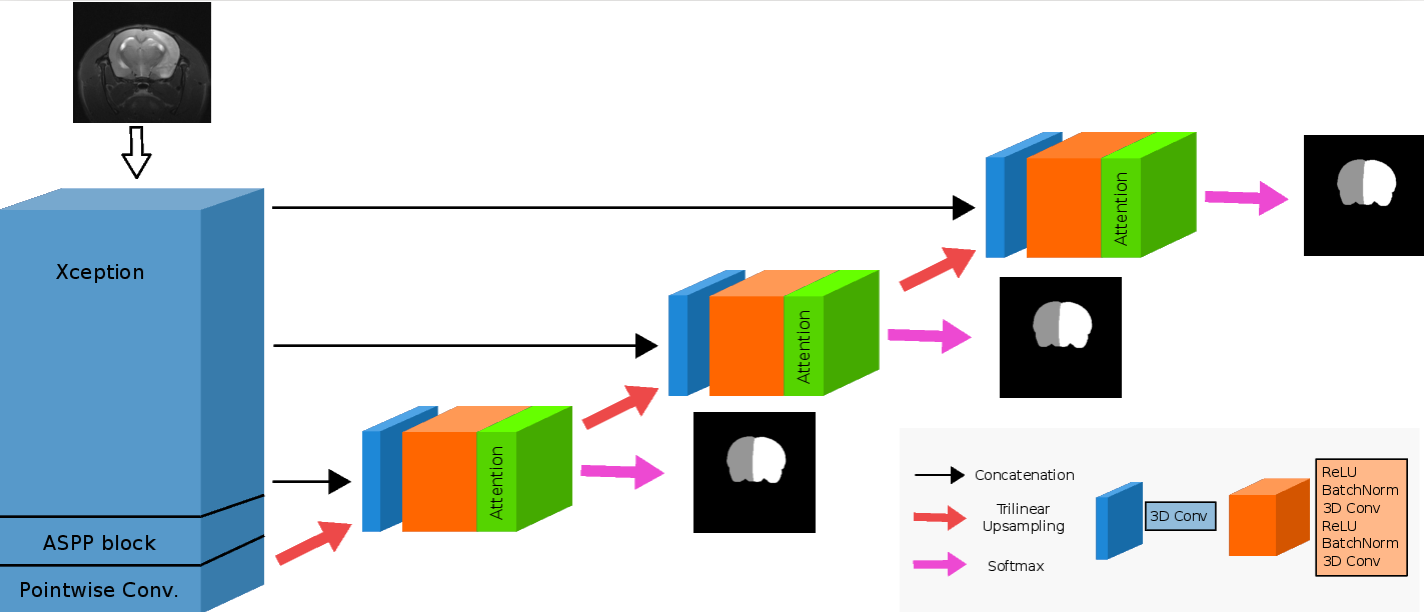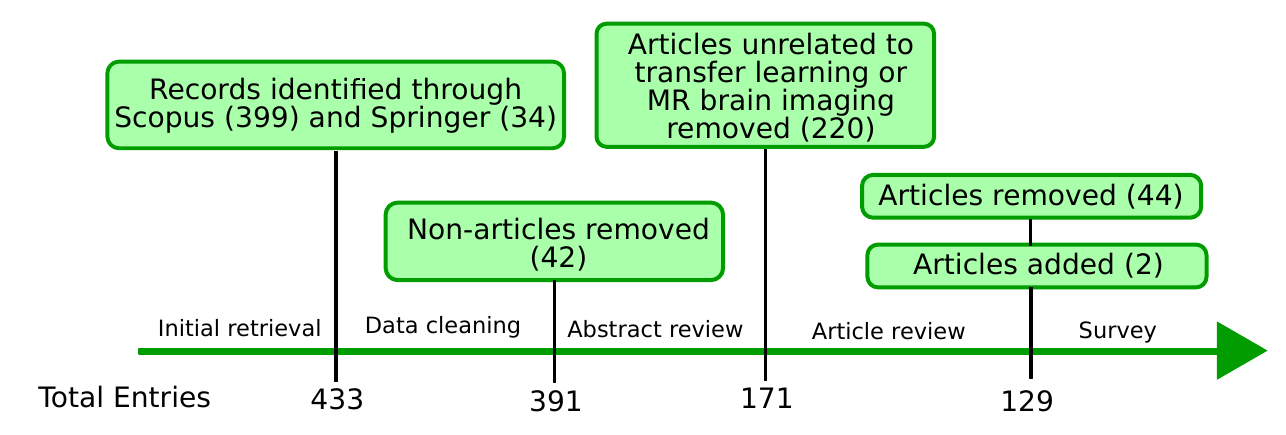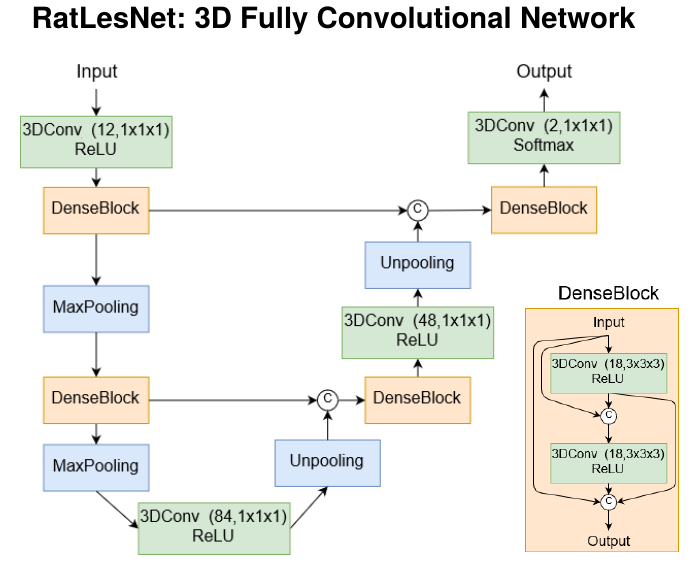Publications
Region-wise Loss for Biomedical Image Segmentation
in Pattern Recognition, 2023.

We propose Region-wise (RW) loss for biomedical image segmentation. Region-wise loss is versatile, can simultaneously account for class imbalance and pixel importance, and it can be easily implemented as the pixel-wise multiplication between the softmax output and a RW map. We show that, under the proposed RW loss framework, certain loss functions, such as Active Contour and Boundary loss, can be reformulated similarly with appropriate RW maps, thus revealing their underlying similarities and a new perspective to understand these loss functions. We investigate the observed optimization instability caused by certain RW maps, such as Boundary loss distance maps, and we introduce a mathematically-grounded principle to avoid such instability. This principle provides excellent adaptability to any dataset and practically ensures convergence without extra regularization terms or optimization tricks. Following this principle, we propose a simple version of boundary distance maps called rectified Region-wise (RRW) maps that, as we demonstrate in our experiments, achieve state-of-the-art performance with similar or better Dice coefficients and Hausdorff distances than Dice, Focal, weighted Cross entropy, and Boundary losses in three distinct segmentation tasks. We quantify the optimization instability provided by Boundary loss distance maps, and we empirically show that our RRW maps are stable to optimize.
[ArXiv], [Code], [![]() Publication]
Publication]
Automatic cerebral hemisphere segmentation in rat MRI with ischemic lesions via attention-based convolutional neural networks
in NeuroInformatics, 2022.

We present MedicDeepLabv3+, a convolutional neural network that is the first completely automatic method to segment cerebral hemispheres in magnetic resonance (MR) volumes of rats with lesions. MedicDeepLabv3+ requires no MR image preprocessing, such as bias-field correction or registration to a template, produces segmentations in less than a second, and its GPU memory requirements can be adjusted based on the available resources. We optimized MedicDeepLabv3+ and six other state-of-the-art convolutional neural networks (DeepLabv3+, UNet, HighRes3DNet, V-Net, VoxResNet, Demon) on a heterogeneous training set comprised by MR volumes from 11 cohorts acquired at different lesion stages. Then, we evaluated the trained models and two approaches specifically designed for rodent MRI skull stripping (RATS and RBET) on a large dataset of 655 MR rat brain volumes. In our experiments, MedicDeepLabv3+ outperformed the other methods, yielding an average Dice coefficient of 0.952 and 0.944 in the brain and contralateral hemisphere regions. In conclusion, our method yielded excellent results in multiple scenarios, demonstrating its capability to reduce human workload in rat neuroimaging studies.
[ArXiv], [Code], [![]() Publication]
Publication]
Transfer Learning in Magnetic Resonance Brain Imaging: A Systematic Review
in Journal of Imaging, 2021.

Transfer learning refers to machine learning techniques that focus on acquiring knowledge from related tasks to improve generalization in the tasks of interest. The aim of this review is to identify research directions, gaps in knowledge, applications, and widely used strategies among the transfer learning approaches applied in MR brain imaging. We performed a systematic literature search for articles that applied transfer learning to MR brain imaging tasks. We screened 433 studies for their relevance, and we categorized and extracted relevant information, including task type, application, availability of labels, and machine learning methods. Furthermore, we closely examined brain MRI-specific transfer learning approaches and other methods that tackled issues relevant to medical imaging, including privacy, unseen target domains, and unlabeled data.
[ArXiv], [![]() Publication]
Publication]
RatLesNetv2: A Fully ConvNet for Rodent Brain Lesion Segmentation
in Frontiers in Neuroscience, 2020.

RatLesNetv2 is a convolutional neural network to segment rodent brain lesions in MR images. We evaluated it on an exceptionally large dataset of 916 T2-weighted rat brain MRI scans of 671 rats at nine different lesion stages that were used to study focal cerebral ischemia for drug development. RatLesNetv2 performed better than other ConvNets and exceeded inter-rater agreement of manual segmentations.
[ArXiv], [Code], [![]() Publication], [Cake]
Publication], [Cake]
Rodent Brain MRI Lesion Segmentation with Fully Convolutional Networks
in Machine Learning in Medical Imaging, MICCAI 2019.

Manual segmentation of rodent brain lesions from magnetic resonance images (MRIs) is an arduous, time-consuming and subjective task that is highly important in pre-clinical research. Several automatic methods have been developed for different human brain MRI segmentation, but little research has targeted automatic rodent lesion segmentation. The existing tools for performing automatic lesion segmentation in rodents are constrained by strict assumptions about the data. Deep learning has been successfully used for medical image segmentation. However, there has not been any deep learning approach specifically designed for tackling rodent brain lesion segmentation. In this work, we propose a novel Fully Convolutional Network (FCN), RatLesNet, for the aforementioned task.
[ArXiv], [Poster], [Publication]
Predicting intelligence based on cortical WM/GM contrast, cortical thickness and volumetry
in Adolescent Brain Cognitive Development Neurocognitive Prediction, MICCAI 2019.

We propose a four-layer fully-connected neural network (FNN) for predicting fluid intelligence scores from T1-weighted MR images for the ABCD-challenge. In addition to the volumes of brain structures, the FNN uses cortical WM/GM contrast and cortical thickness at 78 cortical regions. These last two measurements were derived from the T1-weighted MR images using cortical surfaces produced by the CIVET pipeline. The age and gender of the subjects and the scanner manufacturer are also used as features for the learning algorithm. This yielded 283 features provided to the FNN with two hidden layers of 20 and 15 nodes.
[ArXiv], [Poster], [Publication]
Full publications list
 Open access
Open access  Preprint available
Preprint available  Code
Code
Submitted preprints
- J.M. Valverde, A. Shatillo, J. Tohka. Sauron U-Net: Simple automated redundancy elimination in medical image segmentation via filter pruning


Journal papers
- J.M. Valverde, J. Tohka. Region-wise Loss for Biomedical Image Segmentation.
In Pattern Recognition, 2023.



- J.M. Valverde, A. Shatillo, R. De Feo, J. Tohka. Automatic cerebral hemisphere segmentation in rat MRI with ischemic lesions via attention-based convolutional neural networks.
In NeuroInformatics, 2022.



- R. De Feo, E. Hämäläinen , E. Manninen, R. Immonen, J.M. Valverde, X.E. Ndode-Ekane, O. Gröhn, A. Pitkänen, J. Tohka. Convolutional Neural Networks Enable Robust Automatic Segmentation of the Rat Hippocampus in MRI After Traumatic Brain Injury.
In Frontiers in Neurology, 2022.



- J.M. Valverde, V. Imani, A. Abdollahzadeh, R. De Feo, M. Prakash, R. Ciszek, J. Tohka. Transfer Learning in Magnetic Resonance Brain Imaging: A Systematic Review.
In Journal of Imaging, 2021.


- R. De Feo, A. Shatillo, A. Sierra, J.M. Valverde, O. Gröhn, F. Giove, J. Tohka. Automated joint skull-stripping and segmentation with Multi-Task U-Net in large mouse brain MRI databases.
In NeuroImage. 2021



- J.M. Valverde, A. Shatillo, R. De Feo, O. Gröhn, A. Sierra, J. Tohka. RatLesNetv2: A Fully ConvNet for Rodent Brain Lesion Segmentation.
In Frontiers in Neuroscience, 2020.



Refereed conference papers
- J.M. Valverde, A. Shatillo, R. De Feo, O. Gröhn, A. Sierra, J. Tohka. Automatic Rodent Brain MRI Lesion Segmentation with Fully Convolutional Networks.
In International Workshop on Machine Learning in Medical Imaging, 2019.

- J.M. Valverde*, V. Imani*, J.D. Lewis, J. Tohka. Predicting intelligence based on cortical WM/GM contrast, cortical thickness and volumetry.
In Challenge in Adolescent Brain Cognitive Development Neurocognitive Prediction, 2019.

International abstracts
- V. Imani, J.M. Valverde, M. Prakash J.D. Lewis, O. Gröhn, J. Tohka. Fluid Intelligence Classification Based On Cortical WM/GM Contrast, Cortical Thickness and Volumetry. In Organization for Human Brain Mapping, 2020.
